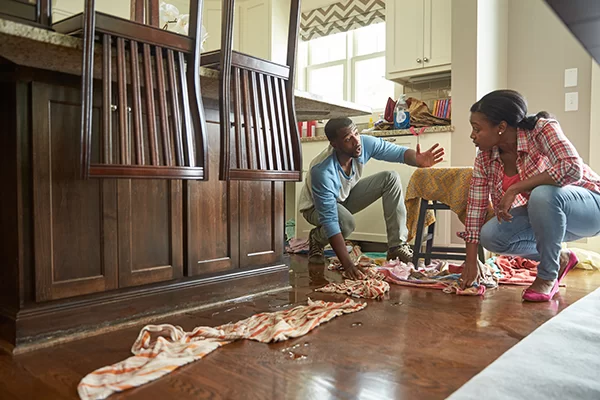Water Damage Restoration in Arlington VA is the process of restoring a property and its contents to their pre-damaged condition after water-related incidents like floods, leaks, or plumbing failures. This is a critical process to prevent further damage, mold growth, and health hazards. Here’s a guide on how water damage restoration typically works:
1. Safety First:
- Ensure that the affected area is safe to enter. If there are electrical hazards, structural damage, or contaminated water, do not attempt to enter the area without professional guidance.
2. Identify the Source:
- The first step in water damage restoration is to identify and stop the source of water intrusion. This may involve shutting off the main water supply, repairing a burst pipe, or addressing a roof leak.
3. Assess the Extent of Damage:
- Professionals will assess the extent of water damage by categorizing it into three classes:
- Class 1: Minimal damage, with only a small portion of the area affected.
- Class 2: Significant damage, with a larger area affected, possibly including soaked carpets and walls.
- Class 3: The most severe damage, with water saturating walls, ceilings, and insulation.
- Additionally, water damage can be categorized by the type of water involved:
- Clean Water (Category 1): Water from a clean and sanitary source, such as a broken water supply line.
- Gray Water (Category 2): Water that may contain contaminants, such as from washing machines or dishwashers.
- Black Water (Category 3): Highly contaminated water, such as sewage or floodwaters.
4. Water Removal and Extraction:
- Use specialized pumps and vacuums to remove standing water from the affected area. The sooner the water is removed, the less damage will occur.
5. Drying and Dehumidification:
- Industrial-strength dehumidifiers and high-velocity air movers are used to dry out surfaces, walls, and flooring. This step may take several days to complete thoroughly.
6. Salvage and Cleaning:
- Salvage and clean personal belongings, furniture, and other items affected by the water damage. Some items may be restored, while others may need to be replaced.
7. Mold Remediation:
- Address any mold growth resulting from the water damage. Mold can develop within 24-48 hours in damp conditions.
8. Structural Repairs:
- Repair and restore damaged structural elements, including walls, floors, ceilings, and insulation.
9. Restoration and Reconstruction:
- Rebuild and restore the affected area to its pre-damaged condition. This may include replacing drywall, flooring, and damaged fixtures.
10. Final Inspection: – A final inspection is conducted to ensure that the property is fully restored, safe, and free of mold and moisture.
11. Documentation: – Maintain detailed documentation of the entire restoration process, including photographs and records of repairs, for insurance purposes.
12. Communication with Insurance: – Work closely with your insurance company throughout the restoration process. Provide documentation and keep records of expenses for your insurance claim.
13. Preventive Measures: – After restoration, take preventive measures to avoid future water damage, such as regular maintenance, inspections, and addressing any potential issues promptly.
Water damage restoration is a complex and often time-sensitive process that is best handled by professionals experienced in dealing with various types and severities of water damage. It’s essential to act quickly to minimize damage and prevent secondary issues like mold growth. If you’re dealing with water damage, contact a certified water damage restoration company to assess and address the situation promptly.
